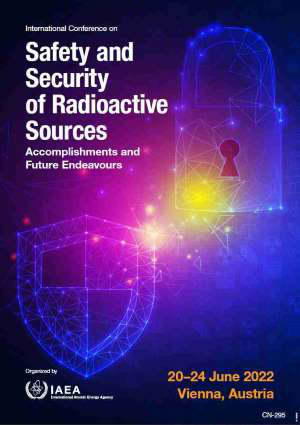Speaker
Description
Gamma spectrometry is an efficient method of identifying and quantifying radioactivity. The ionizing radiation emitted by radionuclides is invisible and untouchable. Detectors are then used to “observe” them. When a gamma photon interacts inside the semiconductor of a detector, charge carriers are created and then carried to electrodes by an applied potential difference. The charge transport ensures the creation of an electrical signal which is collected by electrodes linked to a preamplifier. The latter is responsible for transmitting the analog signal to an amplifier where it will be put in Gaussian form in order to allow its subsequent analysis. The Gaussian signal is then sent to the analog to digital converter (ADC) to be converted into a digital signal. From this moment, each signal is associated with a numerical value. All of these values are sent to the Multichannel Analyzer (MCA) for classification. This gives the number of signals as a function of their amplitude and the graphic representation of these data represents the gamma spectrum. To obtain a reliable spectrum, it is essential to ensure the correct collection of charge carriers, which is partly ensured by the applied potential difference. In this study, we developed a numerical method of calculating the polarization potential in order to determine its distribution along a planar gamma detector. For this, we first calculated the potential prevailing in a first detector configuration by a numerical method based on finite difference discretization. The same model is used to determine the potential by an analytical method. The results obtained by these two methods are compared and the numerical method has been validated. Secondly, we modeled a second detector configuration in order to know the distribution of the polarization potential on its surface. This allowed us not only to see the influence of the position of the electrodes on the transport of charge carriers, but also to be able to choose the best detector in terms of transport. The standard model of the gamma detector then has a better configuration of the electrodes compared to the first model.
| Country OR Intl. Organization | Burkina Faso |
|---|

